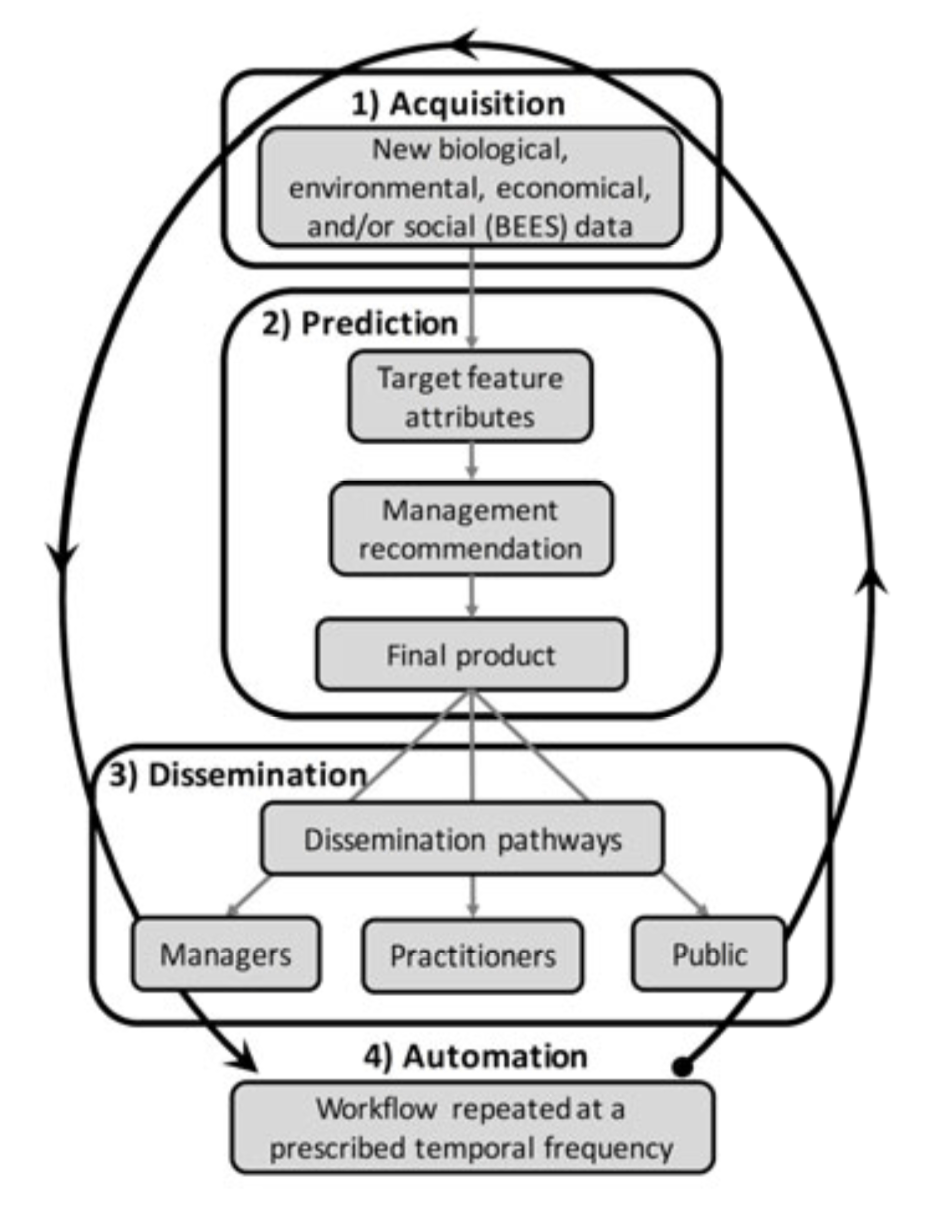With the Bakun upwelling index almost 30 years old, a new publication by Mike Jacox explores two new indices derived from modeled vertical velocity: CUTI (coastal upwelling and transport index) and BEUTI (biologically effective upwelling and transport index). Mike has also provided a history of the upwelling indices focusing on where the indices agree and diverge. The publication is available in early view at JGR. Continue reading
Monthly Archives: October 2018
Welcome Dr. Stefan Koenigstein to Monterey!
We are excited to have Stefan join the team, moving from his position in Bremen to our cooperative institute at UC Santa Cruz. During his PhD, Stefan used interdisciplinary methods to investigate the impacts of ongoing ocean warming and acidification on the marine ecosystem and human user groups in the sub-arctic Barents Sea. He developed and applied integrative ecological models that incorporate experimental and observational data on biological processes as well as the input of local stakeholder groups. The models allow to assess future shifts in marine fish stocks, food web-mediated impacts on marine mammals and seabirds, and changes in ecosystem functioning. They are used to develop feasible and fair strategies for ecosystem-based governance of climate change impacts in the marine realm. We are excited to have Stefan join the team and help develop similar models for the California Current!
New publication titled “Practical considerations for operationalizing dynamic management tools” by Heather Welch
When building an operational tool, building the ecological models is only part of the equation. Equally important is ensuring that we have operational tools and regular predictions for use in management. Welch et al. 2018 explore the operational-side of the EcoCast tool, including potential pitfalls and solutions towards decision making. The paper came out in early view in the Journal of Applied Ecology and there is a discussion on the steps involved in creating fisheries nowcasts in the Conversation.
Figure 1. The four stages of operationalizing a dynamic management tool (hollow fill) and internal components (grey fill). The framework is relevant to operationalizing tools at one point in time and does not encompass tool updates as new data become available.

